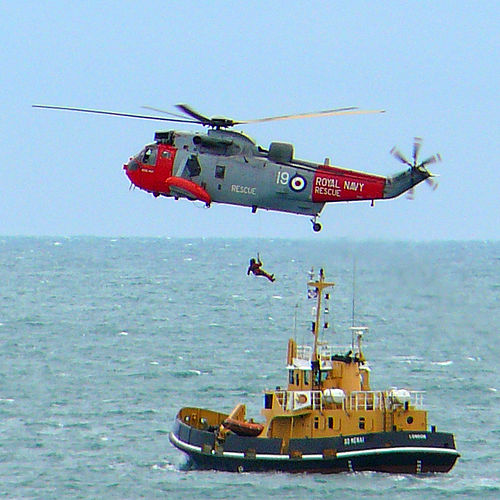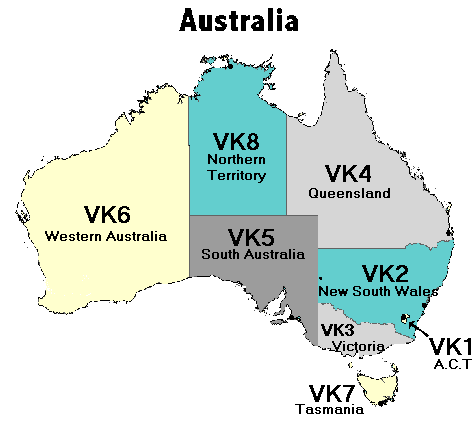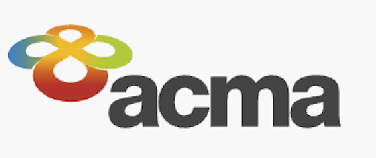Amateur Radio: A Regulated Hobby
Amateur Radio is a popular Hobby that uses the Radio Spectrum, from Low Frequency (LF) to Ultra High Frequency (UHF). It is a shared resource. Other services use these frequency bands, including Emergency Service, and so, a number of rules and regulations needed to be established. Remember that there are Road Rules because our roads are a shared resource and everyone needs to be able to use them safely.
One of the regulations stipulates that the Amateur Bands are for communication between Amateurs. The exception to this is when Amateurs respond to a distress or emergency situation, are involved in Emergency Services operations, or in relation to Emergency Services Training. Messages may be passed on behalf of third parties, as long as they are not used for financial gain. We are Amateurs, after all, and our class license is not a commercial one.
A distress call means someone's life is in immediate danger. The word that signifies this type of emergency is "MAYDAY". It is always repeated three times for clarity. When the transmission mode is CW (using Morse Code) the letters transmitted are S-O-S. This type of call takes priority over all other communications traffic. Amateurs are required to respond by replying to the call if no Emergency Services representitive is already responding. It is also required that the details of the caller's situation be immediately passed on to an Emergency Services representitive. This can be done using a phone or by relaying the information using the radio.
An Urgency call means that someone needs urgent assistance but that there is no immediate threat to life. This is a priority call and takes priority over everything except a distress call. The voice message to signify an Urgency Call is "PAN-PAN". Again, repetition is used for clarity and to increase the chance of the message being heard. In CW mode, X-X-X is used. The Morse Code for the letter X results in a simple repeating pattern is transmitted. As with the distress call, it should be reported to an appropriate authority.
Every Amateur is allocated a Callsign. This identifies you on the radio. Every transmission must include your callsign. Every transmission (exchange, QSO, conversation) should begin and end with your callsign and, your callsign should be used at least every ten minutes of a long transmission. The use of your callsign is called "Station Identification". The Prefix of an Australian callsign signifies Australia ( VK ), the State or Territory in which you reside (0 through 9), although if you move interstate, you are not required to request a new callsign. There are also special, temporaty callsigns that may be allocated for special National Events ( AX prefix ), and State Events ( VI prefix ).The suffix of the callsign is three letters that identify you as an individual within a given State or Territory. Two letter callsign suffixes are allocated to Amateurs with an Advanced qualification. I have gotten used to saying my callsign and spelling it out phonetically: VK2JET, Victor Kilo Two Juliet Echo Foxtrot.
The regulations insists that there can be no encoded (secret) messages. Digital modes such as the following, are NOT encoded to obscure meaning. These modes are able to be used. The regulation doesn't apply.
- Morse Code
- FT8
- RTTY


